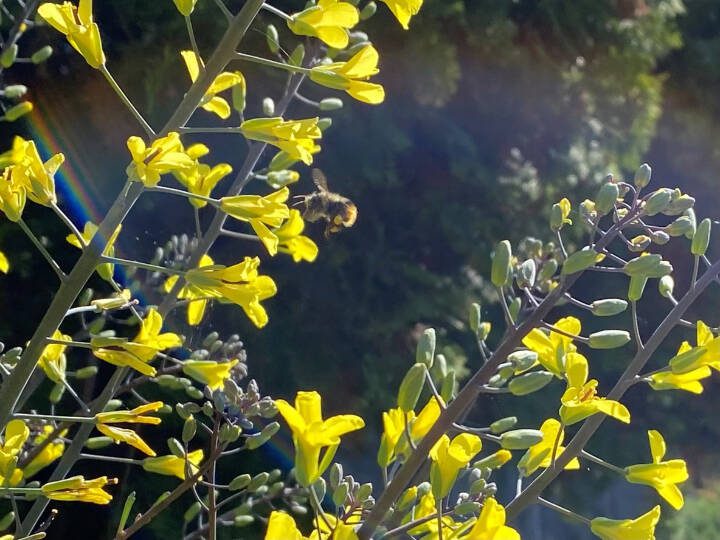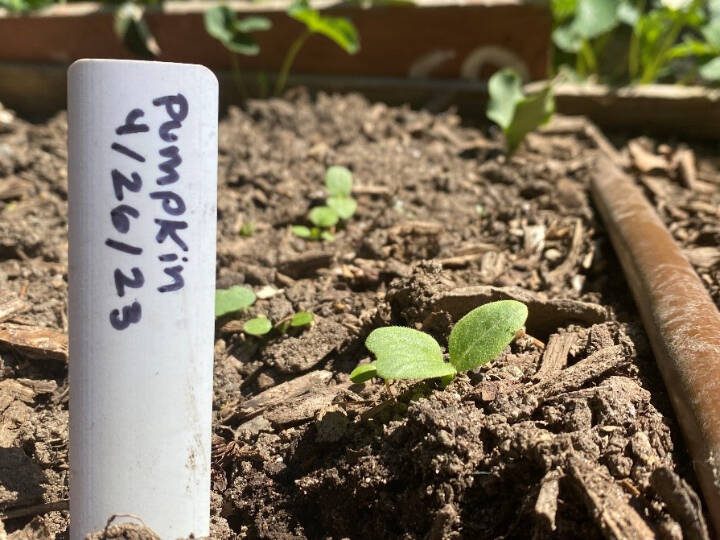By Rhianne Janovich / WM
Spring is here and the warm weather brings opportunities to re-evaluate our connection to nature. Protecting the earth and the abundance around us can occur with micro-local actions. Whether you’re gardening flowers or food, check out these sustainable swaps to make in your garden.
Labeling crops with reused items
Even the most experienced gardeners can lose track of what’s expected to emerge for the season. Label your plants by reusing and upcycling items such as the backs of plant tags, popsicle sticks and single-use silverware. This saves both money and natural resources.
Water wise gardening
Saving water is a sustainable practice that’s good for the environment and our community. Use these tips to make watering efficient:
• Fill old wine bottles with water and place spout-down inside potted plants. Place the spout in the soil 3 to 4 inches and enjoy this slow-drip self-watering innovation that gets water directly to the roots of your plants. Refill every 10 days.
• Bury and water a terracotta earthen jar, known as an olla. This self-watering irrigation system, which provides water to a plant’s roots, has been used for centuries. Place the pot into the soil with its neck resting above the soil. Bury the olla between your crops, fill it with water and cover the pot with a lid to reduce evaporation and prevent insect and debris build-up. Refill every five to seven days.
• Install a slow-drip irrigation system — hoses with small holes that provide water directly to the roots of plants. Lay out your irrigation hoses prior to planting or ensure the drip-hole will be directly beside your plant. Hook up your irrigation system to your hose and turn on your water for a slow and efficient drip. Be sure to turn off your water or install an automatic shut off.
Cover cropping: Save the soil!
Cover cropping protects the soil from erosion due to wind, rain and sun, and keeps soil nutrients dense during the off seasons. Each cover crop has different uses; buckwheat and rye grass can suppress weeds, build soil biomass and support pollinators. Others like barley and pea mixtures can increase nitrogen in the soil. When you’re ready to plant again, cut down and incorporate the cover crop into your soil by gently tilling or composting the crop.
Beautiful gardens run deeper than the foliage at the surface. The sustainable processes we use to grow our gardens are just as important as the healthy soil we plant them in.
Rhianne Janovich is an education and outreach coordinator with WM. For more sustainability tips, visit the WM website: wmnorthwest.com.
Talk to us
> Give us your news tips.
> Send us a letter to the editor.
> More Herald contact information.


























